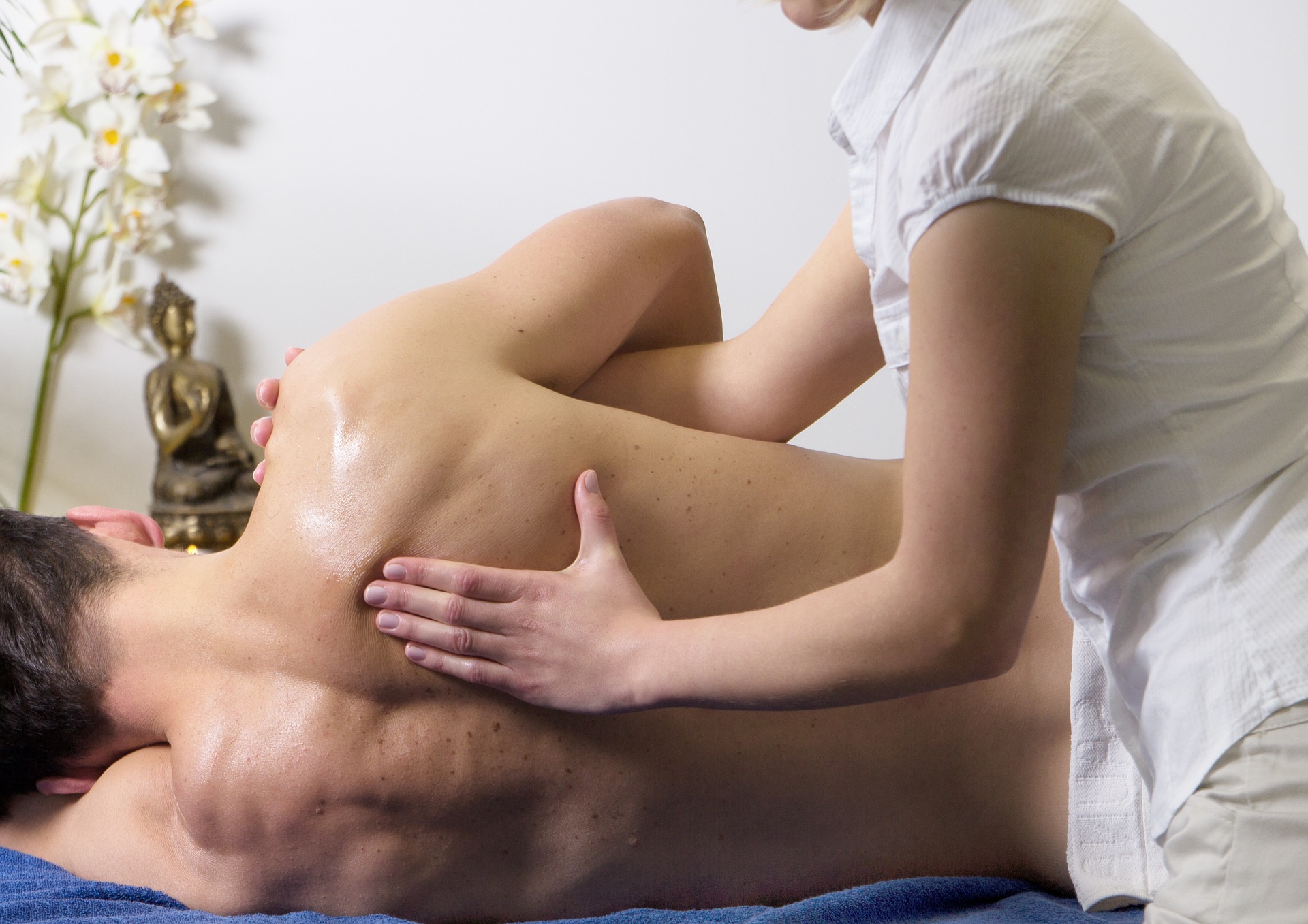What are my best postures for my workstation, sitting or standing?
For those who do stationary work here are some tips for your health.
The best option for working long hours for sedentary work is rotating between standing and sitting.
Chair
Fixed chair. (Avoid, and not recommended)
Height adjustable chair. (Use and recommended)
Raise or lower chair to ensure that your feet rest flat on the floor. (recommended)
Use a foot rest if needed.
Thighs parallel to the floor. (recommended)
Adjust the chair for a proper height for writing, typing and viewing the monitor.
Improper chair positioning – too high or lower than needed and incorrect body positioning can lead to muscle soreness, uncomfortable body aches and impaired blood circulation.
Desk
Adjust a proper screen and keyboard height.
With correct posture adjust your monitor parallel with your eye level.
Use a split-level table or desk that allows each height to be adjusted independently. (Recommended)
Desk height at elbow height.
Posture
Focus on your posture. (Recommended)
Slouching. (Not recommended)
Reclining (Not recommended)
Be conscious about keeping good posture. (Recommended!)
Mouse
Mouse. (Use a comfortable and practical mouse that ensures alignment of your elbow joints about 90 degrees, with the arms at your side.
Keyboard
Keyboard position. (Ensure your body is not to close or not to far from the keyboard)
Monitor
Monitor (Set height so that your neck will be straight at eye level.)
Use a monitor stand to fix the desk for suitable height.
Distance at arm’s length – the monitor should be at a comfortable horizontal distance. (Recommended)
Stretch out your arms and touch the monitor/screen with your fingers is the recommended distance.
Lighting
Lighting. (Natural light is recommended)
Glare. (Avoid glare or light reflection around your workstation.)
Working with a computer screen and monitor in the dark can strain your eyes. (Not recommended)
Ventilation and air quality
Ventilation and air quality – your computer work environment should be with adequate fresh-air and heating or cooling so that you feel comfortable while working.
Peripherals
Neck rest to support a straight neck. (Recommended)
Wrist rests. (Recommended)
Foot rest. (Recommended)
Wear comfortable shoes to support circulation. (Recommended)
Movement
Don’t just sit there, move around and stretch. Get up and go for a break and walk around.
TAKE IT ONE STEP FURTHER
Registered Massage Therapy with Sunstone Registered Massage can help with muscle recovery and muscle pain prevention from computer-related injury.
Massage therapy can help improve your posture when using a computer by showing you the correct positions, exercises and movements that can help minimize muscle fatigue and soreness.
Massage therapy on a regular basis can help you learn to adopt a correct posture when working at a computer.
Massage your head, shoulders, arms, back, hips, and legs and feel better – learn to adjust and angle your body position in the chair to avoid muscle pain.
Keep your circulation flowing naturally with registered massage therapy.
Learn about shoulder, arm and leg stretches that you can do at your workstation with massage therapy. And learn about chair positioning slightly forward or back to help minimize muscle fatigue, discomfort and tightness. Be aware of your posture and make your muscles thank you when working at your desk.






